Scientists Plunge Into Policy
DOI: 10.1063/1.1620832
At an interagency meeting on international regulation of biotechnology products, an astronomer represents the US Department of State. A particle physicist works on plans for the distribution of potassium iodide in case of a terrorist-caused or accidental release of radioactivity. A biophysicist proposes a formula for allocating Medicare prescription drug benefits. These are examples of what science fellows in Washington, DC, are up to. This fall, some 95 scientists and engineers are scheduled to take up fellowships in Congress and executive branch agencies.
“When you’re doing science, you try to be as much of an expert as anyone in your topic,” says Chris Beck, a biophysicist who this summer completed a year-long congressional fellowship sponsored jointly by the Optical Society of America (OSA) and the International Society for Optical Engineering (SPIE). On Capitol Hill, he says, “being an expert on an issue means you can understand the reports written by the experts.” It can be unnerving, he adds, to be considered an authority on such a broad range of issues.
Roughly 30 scientific societies sponsor scientists and engineers each year under the auspices of the American Association for the Advancement of Science. About a half dozen are sponsored by physics societies. The American Institute of Physics, with support from the American Astronomical Society, has two fellows in the State Department—which for three years running has paid for one of them. AIP’s first State Department fellow, George Atkinson (2001–02), this month becomes the science and technology adviser to the Secretary of State (see the story on page 32).
And in Congress, AIP is sponsoring a fellow this year after a one-year hiatus. Three AIP member societies also sponsor congressional fellows annually: the American Physical Society (APS), American Geophysical Union (AGU), and OSA. (For information on the fellowships, see the
Protocols of diplomacy
“Anyone in the State Department can have a tremendous influence on a national level,” says AIP State Department fellow Gretchen Lindsay. “Issues may only be addressed by one or two people, so those people shape what goes on.” Lindsay, a space physicist with military and space systems experience, took leave from her job as project engineer at the Aerospace Corp in Colorado Springs, Colorado, for the 2002–03 fellowship. Working in the State Department’s Bureau of Political–Military Affairs, Lindsay’s primary focus was on formulating international cooperative R&D initiatives to promote cybersecurity. Now back at her old job, she plans to return to the State Department monthly as a consultant.
Astronomer Stefi Baum is an AIP fellow in the State Department’s Bureau of Economic and Business Affairs. “I was looking forward to a new challenge, to learning a new area,” says Baum, who after her fellowship plans to return to her post as head of engineering and software services at the Space Telescope Science Institute in Baltimore, Maryland. During her fellowship, she worked on biotechnology and agricultural initiatives that would, for example, help developing countries monitor genetically engineered products through regulatory processes. She also prepared materials explaining how the US performs risk analysis of emerging technologies. Coming in with the “ivory tower, academic view of the federal government,” Baum says, “I was pleasantly surprised at the intelligence and motivation of the people at the State Department.”
On Capitol Hill
When Beck joined the staff of Representative Loretta Sanchez (D-Calif.) as a congressional fellow, he expected to work on education issues. But he ended up being a point person for Sanchez on homeland security when she took leave from the House Committee on Education and the Workforce to serve on the newly created House Select Committee on Homeland Security. Beck also became Sanchez’s staff person in charge of Medicare, Medicaid, and other health-care matters. “It reminds me a little of doing research,” he says. “You kind of follow research where it leads, and I follow this job where it takes me. I’m finding it’s easy to get fired up about Medicare legislation.”
The 2002–03 APS congressional fellow, particle physicist Benn Tannenbaum, spent his term in the office of Rep. Edward J. Markey (D-Mass.). He handled arms control and nonproliferation issues, veterans’ affairs, and science and technology— and will work on many of the same topics in his new position at the Federation of American Scientists. “The day I started [my fellowship], the House was debating the Iraq use-of-force resolution,” he says. “A week later, North Korea shouted, ‘We’ve got the bomb.’” Markey has hosted fellows for more than 20 years and, says Tannenbaum, he “is not afraid to let a couple of PhDs run rampant in his office.”
Jeff Haeni, the 2002–03 congressional fellow sponsored by OSA and the Materials Research Society (MRS), says New Jersey Democratic Rep. Rush Holt’s attitude is similar. “If you have an idea, and get Rush’s approval, you can run with it,” says Haeni, a materials scientist. Haeni has worked for Holt on NASA, R&D funding, energy policy, revival of the Office of Technology Assessment, and a bipartisan R&D caucus. “Just about any scientific issue you read about in the paper,” Haeni says, “you can bet I’ll be dealing with it that week.” As a science fellow, he says, “you immediately become the person in the office responsible for giving advice” on all matters scientific. This month, Haeni starts a position in the State Department’s Bureau of African Affairs.
Illa Amerson, AGU’s 2002–03 fellow on Capitol Hill, chose an assignment for which her professional background was directly applicable. An environmental scientist who has worked as a consultant on air and water quality, she handled water and energy issues for Senator Kent Conrad (D-N.Dak.). The topic of water in North Dakota is “vastly complicated,” she says, involving border issues with Canada and Minnesota, the integration of wind energy and hydropower, and Native American land concerns. Amerson says the fellowship experience “has driven home to me the importance of people in the science community getting and staying involved [in policy].”
Incoming fellows
The incoming State Department fellows are astrophysicist Carol Christian, head of the Space Telescope Science Institute’s office of public outreach, and Edward Whit-taker, a professor of physics and engineering at the Stevens Institute of Technology in Hoboken, New Jersey.
The new class of congressional fellows includes recent PhDs Adam Rosenberg, a plasma physicist from Princeton University who is sponsored by APS; Kevin Vranes (AGU), a physical oceanographer from Columbia University; and Colin McCormick (OSA and MRS), an optical physicist from the University of California, Berkeley. OSA, with SPIE, will also sponsor Elka Koehler, a designer of telescope optical systems for Raytheon Systems Co in Tucson, Arizona. AIP’s congressional fellow is geophysicist Lee Hirsch, who has worked in industry and academia and recently taught physics in Tanzania as a Peace Corps volunteer. “I liked the kind of experience I had in the Peace Corps,” Hirsch says, “and [the fellowship] will let me continue to use my skills but contribute to the broader picture.”
To apply:
For information about the AIP State Department fellowship program, see http://www.aip.org/mgr/sdf.html

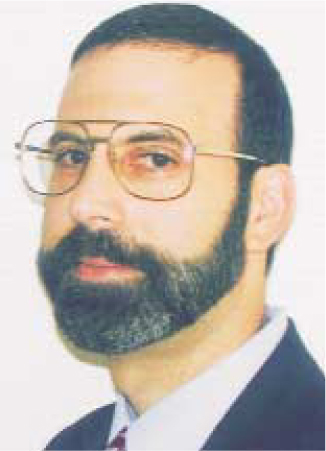

ROY CHAMBERLIN
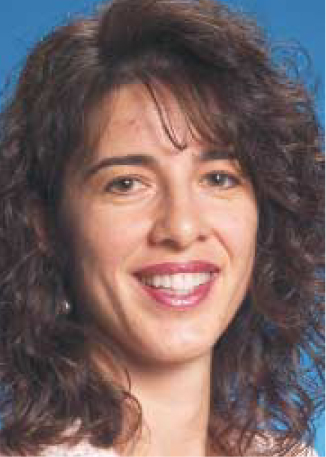

ELLE STARKMAN
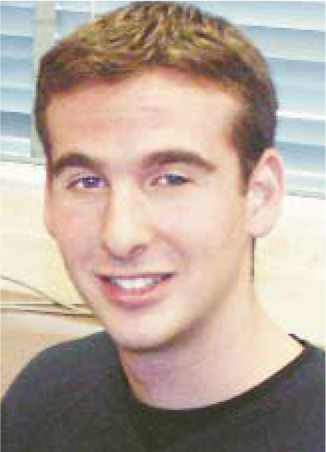

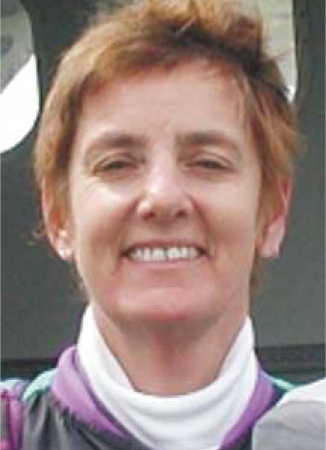

BOB HANDELMAN
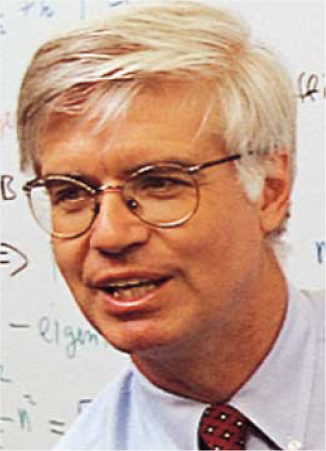
More about the Authors
Audrey T. Leath. American Center for Physics, One Physics Ellipse, College Park, Maryland 20740-3842, US .
